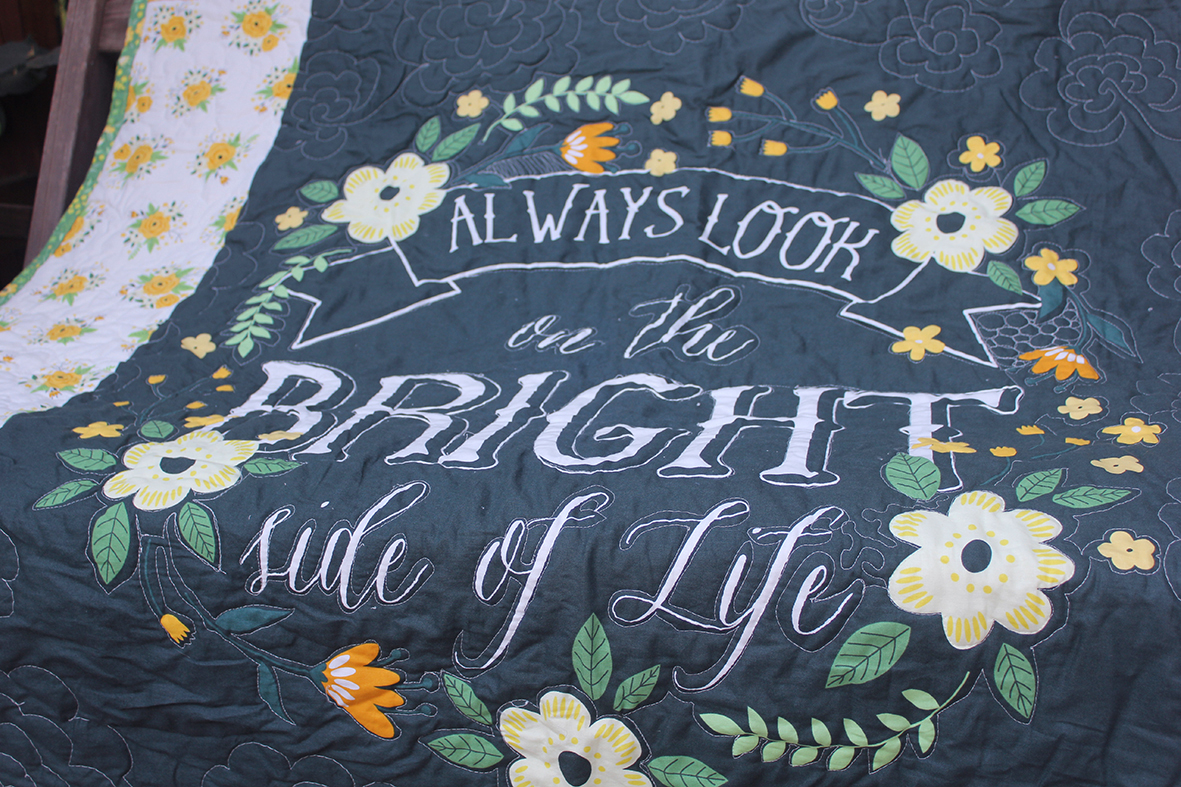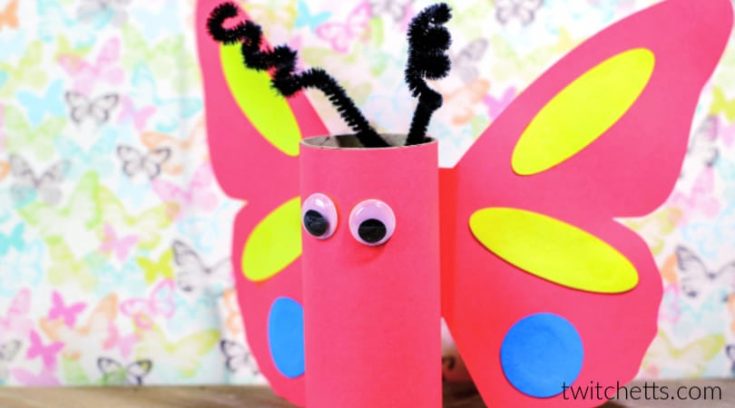
Polymer clay can be used to make a rainbow with your child. Polymer clay is flexible and can be used to create colorful jewelry. A template can be created by children and then colored clay strips can be applied to create a pendant. Once the clay has cooled they can attach their pendant to a keychain, or zip pull.
Simple and Fun
Rainbow crafts are a great way to learn all the colors of the rainbow. One method to make one is with paper plates, tongue depressors, and popsicle stick. Color each one with markers or dyes, then line them up in a rainbow. To complete the craft, attach cotton pads clouds and a rainbow. You can make a bookmark using the rainbow!
Sunshine Whispers
Rainbow crafts are a great way to teach children colors, shapes, patterns. For these colorful crafts you will need paint and markers. Make a fluffy cloud of cotton balls. Next, decorate the cloud with matching buttons and tiny objects. Attach the rainbow ribbons to your cloud and you will see it become a rainbow.

Crafty Morning
With this craft, preschoolers can create colorful rainbows quickly and easily. A rainbow can be more fun than one that is flat. This craft will also help to develop fine motor skills as well as a sense accomplishment. With pom poms (which can be easily picked using tweezers), you can create a 3D rainbow. An alternative craft you can do with your preschooler is to make a rainbow from paper. Cut it in half and paint your choice of colors. Even cotton wool can be used to make clouds.
From ABCs and ACTs
This rainbow craft activity makes it easy to teach students numbers and the alphabet. These crafts show students how to count, place numbers in order, and cut and paste. It's easy: print the strips on paper and hand them out to students. Then, have them arrange the strips according to order and glue them together behind a cloud. It's a great opportunity to demonstrate your students' skills with rainbow crafts.
From Minie Co
These easy rainbow crafts are sure delight to all ages. These easy crafts require few materials and are very affordable. The steps can be completed by younger children.
From Paging Fun Mums
Rainbow crafts are a great way to introduce children to the concept of the rainbow. You can make these crafts with recycled materials like bottle caps and plastic spoons. For a stunning keepsake, you can make them into terrariums by placing succulents inside.

Perler beads
Perler beads are a simple and effective way for children to improve their creativity and motor skills. This craft can also be used to learn about color theory as well as visible light. By incorporating STEM activities into the craft, kids will develop a variety of skills, from patience to engineering.
From tissue paper
Making rainbow crafts out of tissue paper is a great way to teach children about the colors of rainbow. This is a great craft to do with children of all ages. Make a rainbow craft by cutting pieces of tissue into 1.5-inch squares. Next, stick the pieces onto contact paper.
FAQ
Where can I find resources for learning more about hobbies?
There are many websites that help people find new hobbies.
These are our top picks:
www.trythisathome.com - This site provides a list of over 100 different hobbies. It also includes information on how to get started on each one.
www.hobbyfinders.org - This site offers a database of thousands of activities that you can search by interest, skill level, location, and more.
www.indiebazaar.co.uk - IndieBazaar is an online marketplace designed specifically for independent artists and musicians. The site has hundreds of products, from artwork to music equipment.
www.pinterest.com/explore/hobbies - Pinterest is a social media network that lets users "pin" images they find interesting onto their boards. Users can use boards to organize their favorite things into specific categories.
www.reddit.com/r/Hobbies Reddit allows users to share links to articles, videos and other content on their social media platforms. Voting allows users to vote for the most valuable posts.
What are good hobby ideas?
Your favorite hobbies are ones you enjoy. You'll be more motivated to do what you love. This will give you a reason for not feeling well, or tired.
We all have hobbies that we love and know. These include painting, crafting, photography, cooking and sports.
You might also consider volunteering at a local charity shop or animal shelter, children’s hospital, hospice, elderly home, school, community centre, church, and other places.
Suppose you're looking for something more adventurous. Take up skydiving or rock climbing, parasailing, parasailing and paragliding.
You can spend your time outdoors in many different ways, including spelunking, snowshoe hiking, snowshoe hiking and more. These include caving.
What are your educational hobbies and interests?
An educational hobby can be defined as an activity in which you learn something through doing it. It could be anything, from playing sports to learning how an instrument is played.
It should be enjoyable and fun for you. It doesn't have to be done all the time. However, if you get bored of it, you should think about other things you can do instead.
These activities can also be costly so make sure you don't spend too much.
What's a hobby?
For kids, a hobby can be any activity that they are interested in doing as part of their everyday routine. Children might be drawn to, build, paint, create stories, play with toys or watch TV.
Many parents worry that their children will get into trouble if they're allowed to do whatever they want. However, this is not always true. They won't get into trouble if your child is safe and does not cause harm to others or themselves.
It's important to remember that just because they like to do something doesn't mean that they'll always choose to do it. If they don't like writing but love drawing, they might choose to draw images instead.
There are lots of different types of hobbies out there, so it's really up to you to pick one that you enjoy most.
What does it cost to have a hobby?
Hobby costs nothing except time. If you're serious about it, however, it may take you many years to reach your goals.
However, there is something that can help. It's called passion'. Passion will help you put in the effort to succeed.
Once you put in the hours, you might find yourself addicted to the activity. And this is where the real fun begins! Because you now enjoy what you do and are improving your skills every day. By the end of the year you'll have probably made a lot of progress.
It doesn't matter how long it takes. Don't be afraid to try. You might be surprised by what you find!
What are the competitive hobbies?
Competitive sports include running, swimming, cycling, golfing, tennis, etc.
They are usually enjoyed by people who enjoy being active, but also allow for social interaction.
You'll likely find others who are interested in your hobby if it involves physical activity.
You might consider joining a group or club that meets regularly to play together in sports.
You can also participate in team games where you play alongside others.
These include: football (soccer), soccer, cricket, netball.
There are many types of competition.
Some competitions may be held for pure recreational purposes.
Others are used to assess competitors' abilities.
Others are also designed to reward exceptional performance.
In these cases, the winners receive prizes.
Other competitions are meant to test competitors' strength and stamina.
These are known as endurance events.
For example, marathon races, triathlons, Ironman Triathlon, etc.
Athletes often train hard before competing in these events.
They will follow a strict training program to prepare themselves mentally and physically.
They may need to spend some time out of their home for preparation.
It is important to remember, not all athletes will compete in every type and event.
What are collection hobbies?
The most sought-after collections are books and movies, music, comics as well as comics, videos games, sports equipment, toys, and others.
Also, you can collect anything: stamps, coin to cars, dolls to action figure to model kit to figurines to art materials to tools to cook utensils and jewelry to watches to jewellery to appliances to clothes to furniture or antiques to...
I think you get the point.
Statistics
- Much of this decline reflects the fact that teens are less likely to work today than in the past; among employed teens, the amount of time spent working is not much different now than it was around 2005. (pewresearch.org)
- This 100% accurate personality-analyzing hobby quiz discovers your passion based on your characteristics. (quizexpo.com)
- In comparison, men in the “no humor” condition were refused 84.6% of the time and were only accepted 15.4% of the time. (time.com)
- Almost 80% of people claim to have no hobby. (hobbylark.com)
- A new survey by Pew Research Center of teens ages 13 to 17 finds that 36% of girls feel tense or nervous about their day every day; 23% of boys say the same. (pewresearch.org)
External Links
How To
How to Get Started in Baking
Baking involves the preparation of food using flour, eggs (or sugar), butter, or both. Baking relies on flour, fats/sugars, leavening ingredients, salt and water. This article will explain how to make loaf. Common ingredients such as wheat flour, yeast and milk powder, eggs whites, butter, oil, salt, honey, and olive oil will all be used.
Mix these ingredients together to make bread. In a large bowl, combine the dry ingredients (flour yeast, salt) and add them to the bowl. Then, add in the wet ingredients: milk powder, egg yolk. Combine them all. Add the honey and mix the dough. Knead the dough for about 30 seconds. Let the dough rise for around 30 minutes. After rising the dough should be firm and elastic. You can roll out the dough and place it on a baking sheet. Bake at 180C for 15 min.